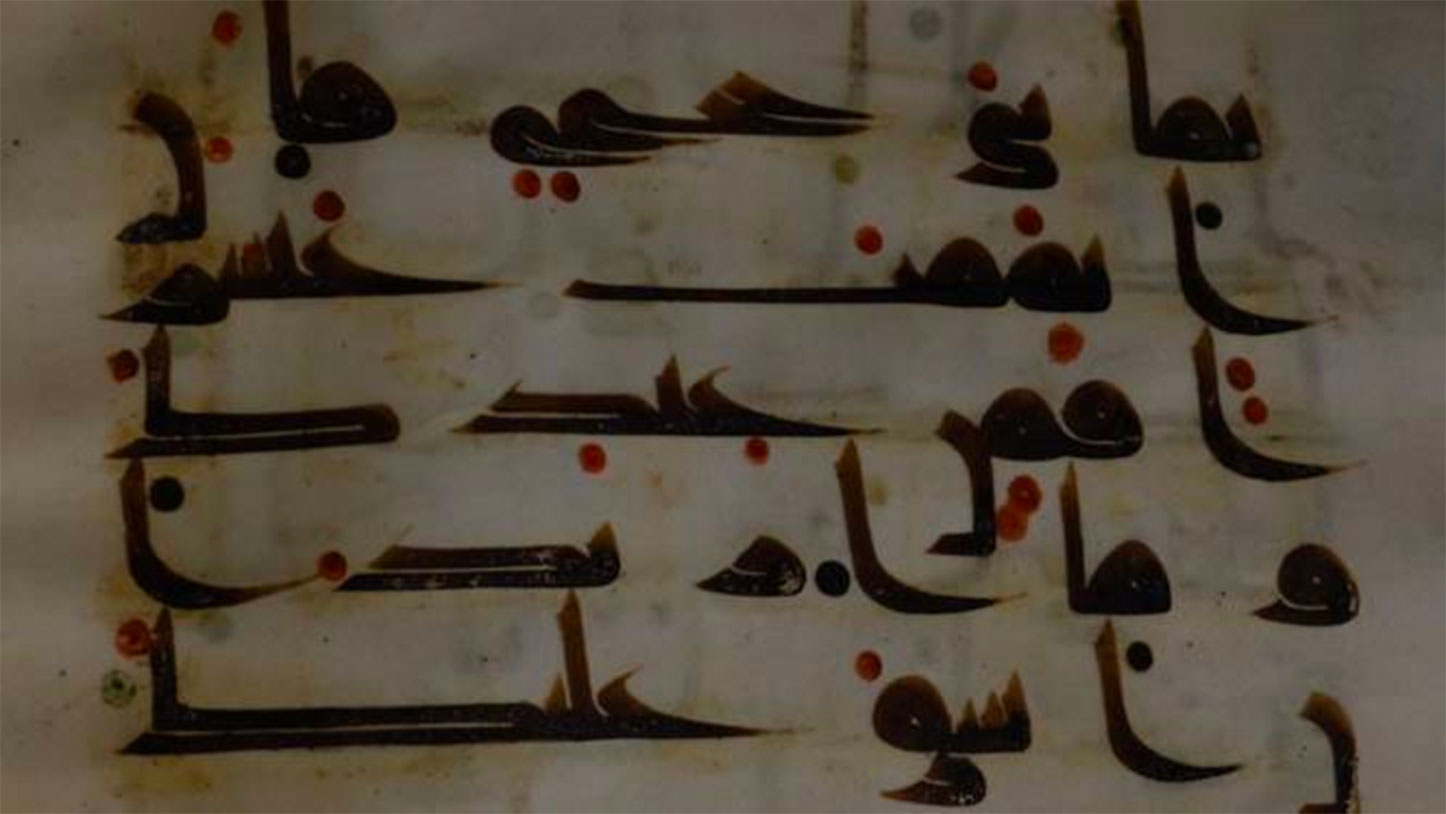Esra Akın-Kıvanç, Associate Professor of Islamic Art and Architecture, on the art and importance of calligraphy - TRT World
Almost a century ago, English orientalist Thomas Arnold travelled to Egypt and was captivated by the beauty of Arabic calligraphy.
As he observed the intricate script adorning everything from grand architectural structures like mosques, palaces and mausoleums to everyday household decorations, Arnold marveled and said “No art has been so much honored or so assiduously cultivated as that of calligraphy.”
Arabic calligraphy was considered as the crowning achievement of Muslim art, and its
influence could be seen in things carved out of stone and wood to metal, ceramics,
glass, and textiles. Today, Arnold's observations continue to ring true, and Arabic
calligraphy has preserved its cultural vibrancy and unprecedented artistry to this
day.
The art of beautiful writing, ḥusn al-khaṭṭ, which in Arabic can mean either “beauty
of script” or “beautiful script” and is the exact equivalent of Greek “kalligraphia”,
appears in Islamic sources centuries before European scholars such as Jacob Georg
Christian Adler, who was the first to study Arabic scripts, came across it in the
18th century and brought the attention of the wider world to this form of art.
In the realm of Islamic culture, the art of calligraphy carries an unparalleled and
profound meaning, unmatched by any other religion or culture.
“Purity of writing is purity of soul,” says an old Arabic proverb, highlighting the
importance of calligraphy in the Islamic culture.

The Qur’ān manuscript, dateable to the 9th-10th centuries, is designed horizontally and written in kufic script on parchement. / Photo: Esra Yagmur
Islam played a central role in the emergence and development of this art form, says
Esra Akin-Kivanc, an Associate Professor at University of South Florida.
“Islam holds that, in contrast to the Old Testament and the Ten Commandments, which
were conveyed by God to humankind in the written form, the Qur’an was revealed to
the Prophet Muhammad orally. However, early Muslims recognized the necessity of written
copies of the Qur’an to facilitate accurate and standardized recitation, as prescribed
by Islam,” she tells TRT World.
And it all comes to the tradition of how the word of God was revealed in Islam.
“The first word that was said to the Prophet Muhammad was “Iqra” which means to "Read!”. A part of the religious discourse is the written word. So the value of the written word became very important because of this first revelation that was received by the Prophet,” says Bahia Shehab TRT World, a historian, activist, and a professor of design at The American University in Cairo.
In its early days, calligraphy was primarily focused on reproducing the religious text, an honourable pursuit at the time. But over time, calligraphy gradually evolved into an art form in its own right, encompassing a wide range of subjects that extended beyond the strictly religious subjects.
“While it is undeniable that calligraphy fulfilled various religious purposes, its significance in other aspects of Muslim life cannot be underestimated,” says Akin-Kivanc of University of South Florida.
Continue reading on TRT World